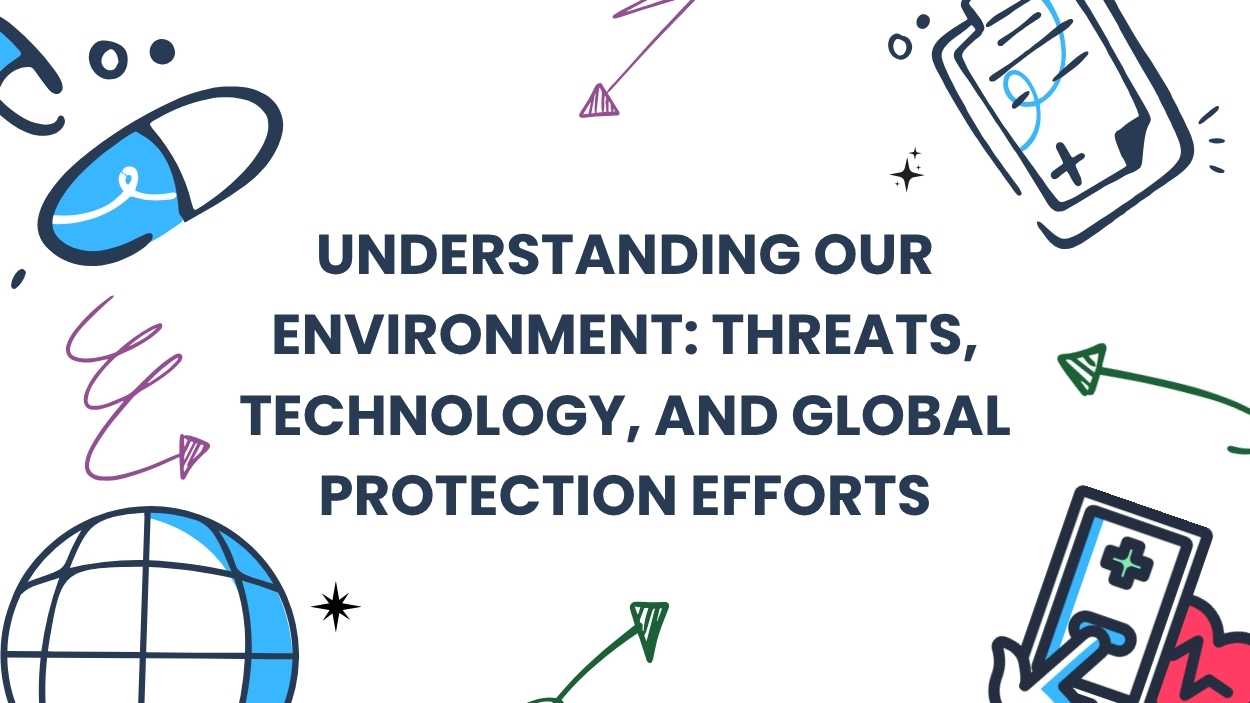The days of meticulously tracking every penny with a pen and paper, or even religiously updating a complex spreadsheet, are rapidly becoming a relic of the past. The banking industry has embraced the digital revolution, and with it, a wave of innovation that puts sophisticated financial management tools directly into your hands. This isn’t just about checking your balance anymore; these modern banking platforms are evolving into personal finance command centers, offering intuitive ways to understand where your money goes, how much you’re saving, and whether you’re on track to meet your aspirations. The convenience of having these capabilities seamlessly integrated into the apps and online portals you already use for your daily banking cannot be overstated, promising a less fragmented and more empowering approach to personal finance.
The Rise of Integrated Financial Intelligence
What’s truly exciting about these built-in budgeting tools is their ability to automate the often tedious process of expense tracking and categorization. Gone are the days of manual data entry, which is prone to errors and quickly becomes a chore. These intelligent systems can automatically sift through your transactions, assigning them to relevant categories like groceries, entertainment, or utilities. This real-time insight allows for a much more accurate and up-to-date picture of your financial health, enabling you to make informed decisions on the fly rather than waiting for a monthly review. It’s like having a dedicated financial assistant working behind the scenes, constantly keeping you informed and aware.
Beyond Basic Tracking: Smart Features for Savvy Savers
The banks highlighted in this discussion are going beyond mere transaction logging. Features like Ally’s ‘buckets’ are a game-changer for goal-oriented savers, allowing for granular organization of funds for specific objectives – think a vacation fund or an emergency buffer – all within the same banking platform. Similarly, Capital One’s Eno assistant acts as a proactive financial guardian, identifying those sneaky recurring charges and subscriptions that can quietly drain your bank account, empowering you to cut unnecessary costs with minimal effort. This level of proactive assistance and granular control transforms banking from a passive ledger into an active tool for financial well-being, demonstrating a clear shift towards banks as partners in financial success.
Choosing Your Digital Financial Ally
The key takeaway from exploring these nine banking institutions is the sheer accessibility of advanced budgeting tools today. Whether you’re a visual learner who thrives on charts and graphs like those offered by Bank of America, or a tech-savvy individual who appreciates the conversational convenience of Capital One’s Eno, there’s a solution tailored to your preferences. The article emphasizes that the best budgeting tool is the one you’ll actually use consistently. By integrating these features directly into your primary banking platform, the barrier to entry for effective personal finance management is significantly lowered, making it easier than ever to gain control of your money and work towards your financial objectives.
Embrace the Future of Financial Management
Ultimately, the move towards banks offering integrated budgeting tools signifies a significant advancement in personal finance management. It democratizes sophisticated financial planning, making it a readily available and user-friendly feature for everyone. By leveraging these built-in capabilities, individuals can move beyond reactive spending to proactive financial stewardship. This shift not only simplifies the process of tracking and managing money but also fosters a deeper understanding of financial habits, paving the way for more informed decisions, increased savings, and ultimately, the achievement of long-term financial goals. The future of banking is clearly intertwined with empowering its customers to be masters of their own financial destinies.













